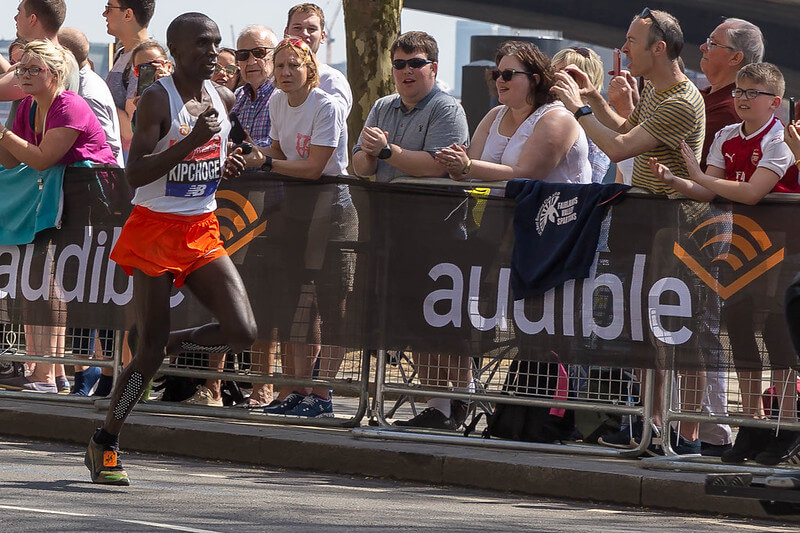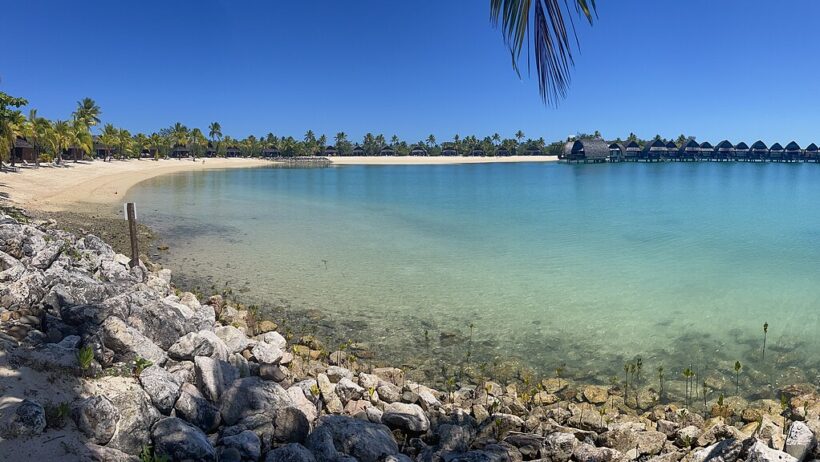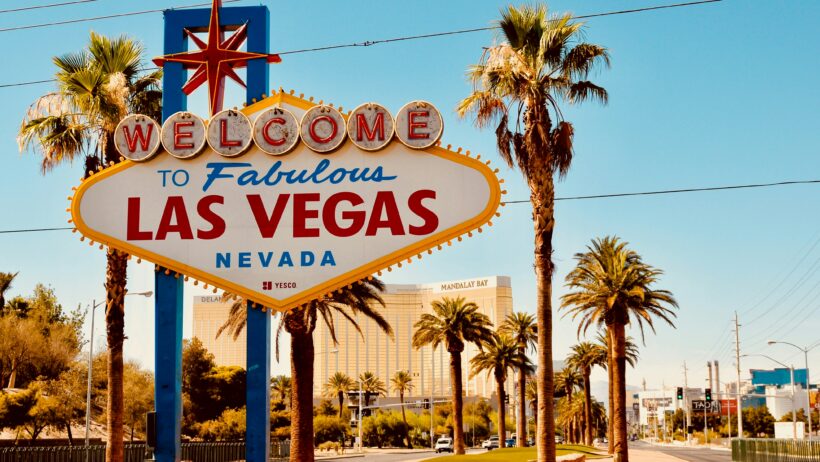Odds on Nike Vaporflys: Will Performance-Enhancing Shoe Get Banned From Olympics?
By Sascha Paruk in Unique Props
Published:

- Kenya’s Eliud Kipchoge recently ran the first sub-two-hour marathon in a pair of unreleased Nike Vaporflys
- Past editions of the performance-enhancing shoe have become popular among elite distance athletes
- Like clap skates and LZR bodysuits before them, will Vaporflys eventually be banned in the Olympics?
It’s not often that distance running makes the front page of ESPN.com, but that’s what happened last week when Kenya’s Eliud Kipchoge set a new record by running a marathon (26.2 miles) in just 1:59:40 during the “INEOS 1:59 Challenge” in Vienna, Austria.
Kipchoge’s feat will not count as a new world record (a record he holds). According to CNN, the attempt was not submitted to the IAAF for recognition. And according to Wikipedia, it wouldn’t count because of “rotating pacemakers, delivery of hydration by bicycle, and the lack of open competition.”
In addition, there’s a growing concern that Kipchoge’s footwear was giving him an unfair advantage. The 34-year-old was wearing the latest iteration of Nike’s Vaporfly Next% shoes. Past versions of the shoe were dubbed “Vaporfly 4%” because they improved “running economy” by 4%. They became massively popular among elite runners to the extent that every single top-ten finisher at the
Nike Vaporfly Odds
| Proposition | SBD’s Odds |
|---|---|
| Nike Vaporflys are banned from 2020 Olympics | 5/1 |
| Eliud Kipchoge wears Nike Vaporflys at 2020 Olympics | 1/6 |
| A new marathon world record is set at 2020 Olympics | 150/1 |
| All world records set in Nike Vaporflys are scrubbed from the record books | 90/1 |
Will Vaporflys Be Banned at the 2020 Olympics?
Not likely. There is no doubt that the Vaporflys are making people faster compared to less-advanced shoes, largely because of the thickness and springiness of the sole.
As Amby Burfoot from The New York Times explains, “With the right material, a thicker sole produces more spring.” Burfoot goes onto caution that “[w]ithout clear restrictions, it is likely only a matter of time before someone comes up with a way to make a shoe with more powerful springs.”
Eventually, running shoes are going to become subject to stricter regulations by the IOC and/or IAAF. But it’s not likely to be in time for the 2020 Tokyo Olympics (Aug. 5th & 6th). The IAAF rules allow any running shoes that are widely available to all competitors and don’t give the runners an unfair advantage over others.

While Nike is at the forefront of performance-enhancing footwear, they are far from the only company taking running shoes to new technological heights. Go to any moderately competitive marathon and you will see the elite runners at the front of the pack all wearing high-tech shoes of varying brands. The people finishing first tend to be in Vaporflys, but the rest of the top 20 will feature a wide variety.
In 2018, runningshoesguru.com tallied up the podium finishers from the 12 major marathons that season. Of the 36 total podium places available, 25 were occupied by Nike-clad runners (including eight first-place finishers). Adidas had six podiums (two winners), while the other five spots were occupied by Brooks, Asics, Saucony, and New Balance.
Banning Vaporflys, in particular, would be discriminatory, and attempting to ban all similar footwear this close to the Olympics would cause mass outrage among the competitors. It would be akin to telling Roger Federer he had to change tennis rackets shortly before the biggest tournament of his career. It would not go over well.
Will Vaporflys Spur a New World Record at the Tokyo Olympics?
No. The route has already been announced and it’s not favorable for record-breaking. It was designed to be secnic not swift.
The Olympics will also take place in the summer, meaning hotter weather. The organizers have already bumped up the start time to 6:00 AM to avoid the worst of the mid-day heat. Still, relatively perfect conditions are needed to set a new marathon record, especially after Kipchoge lowered the mark to 2:01:39 back in September 2018 (smashing the previous record by a full 1:18).
These conditions are far from perfect and the new Vaporflys aren’t nearly springy enough to make up for it.
Will Records Set in Vaporflys Be Expunged?
No, they won’t. When Speedo invented its patented “LZR” full-body swimsuit, which increased buoyancy and decreased drag, swimming records were shattered in every discipline circa 2008-09. At the Beijing Olympics in 2008, 25 world records were set, and 24 were set in a LZR suit.
Full-body suits were eventually banned in competition by FINA (Fédération internationale de natation, the swimming version of the IAAF), but the swimming record books still contain times set in the LZR era.
The same goes for speed-skating records set in “clap skates,” a hinged skate design that increased efficiency by changing the pivot-point of the foot.

Nike claimed that the original Vaporflys increased running efficiency by 4%. Sindy K. Y. Tang of Harvard’s School of Engineering and Applied Sciences noted that the decreased drag of LZR suits amounted to a “4% increase in speed for swimmers” and that’s without taking increased buoyancy into account.
In short, LZR suits likely offered an even greater advantage than Vaporflys, and those records still stand. In sports, generally, records only tend to be expunged for cheating. Case in point, home-run records set in the 2019 MLB season with a juiced ball aren’t going to be wiped out because the equipment was a little different.
Wearing the best shoes money can buy isn’t cheating.

Managing Editor
Sascha has been working in the sports-betting industry since 2014, and quickly paired his strong writing skills with a burgeoning knowledge of probability and statistics. He holds an undergraduate degree in linguistics and a Juris Doctor from the University of British Columbia.



